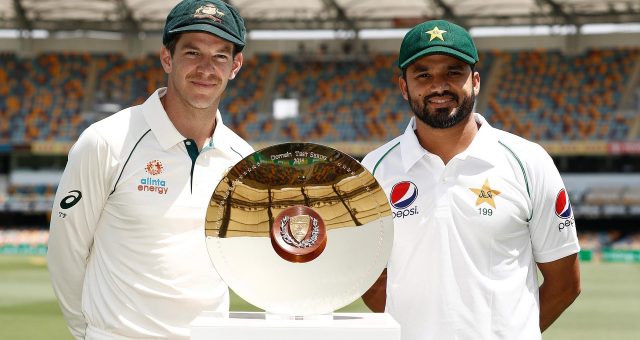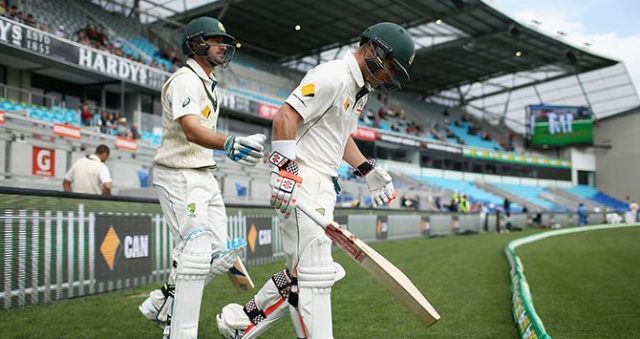After a pretty lean patch that saw him go ten Test matches without a century, Michael Clarke was handed the Australian captaincy in early 2011 when Ricky Ponting stepped down from the role after a magnificent career.
As the Aussies headed to Sri Lanka ahead of the 2012 Australian summer there was a bit of pressure building over his form with the bat and the now 30-year-old who already had almost seven years of Test cricket under his belt was out to prove himself in his new role.
Clarke broke the drought in the second innings of the third test, scoring 112 in Columbo, his maiden ton as captain and first century since March 2010. This opened the flood gates as the batsmen affectionally nicknamed ‘Pup’ entered the best form of his career. In the following Test in South Africa, Clarke played a loan hand in the first innings, scoring 151 out a total of 284 as the Aussies were belted by 8 wickets.
Back on home soil, the skipper scored another century in the first Test against New Zealand at the Gabba, but failed in the 2nd Test in Hobart and the Boxing Day Test against India.
The New Year’s Test in 2012 at his home ground, the SCG, would be the highlight of his career. Clarke joined his predecessor, Ricky Ponting, at the wicket with his side in a bit of trouble at 3/37 in reply to India’s first innings total of 191. The pair steadied the ship at the end of the opening day and Clarke was 47 not-out at stumps.
The partnership went passed 100 and then 150 early on day two as Clarke brought up his century just before lunch. He had reached 150 before India took the new ball ahead of the tea break, using it to remove Ponting for 134, ending a massive 288-run stand. Michael Hussey took over where Ponting left off, allowing Clarke to race from 150 to his first double century in just 51 balls. By stumps on the second day, the captain was unbeaten on 251, while Hussey had a half-century of his own with Australia in complete control of the match at 4/482.
The pair passed the 200 run mark early on the third day and Michael Hussey brought up his century before lunch while Clarke was in sight of a triple ton. The home supporters were on the edge of their seat at the resumption of play but it didn’t take long for Clarke to become the sixth Australian to score a Test triple century and the first at the SCG.
The boundary to bring up his milestone also took Australia’s total past 600 and a declaration was imminent. The skipper allowed Michael Hussey to get to 150 before opting to close the innings at 4/659, leaving him unbeaten on 329, just four runs shy of Don Bradman and Mark Taylor.

